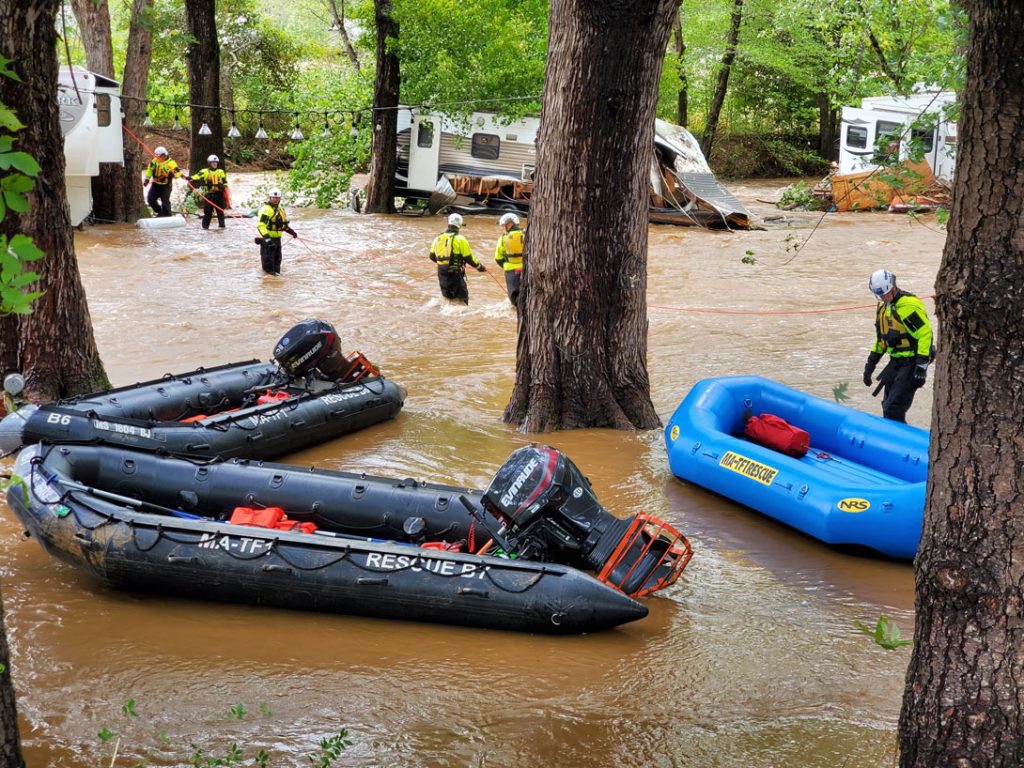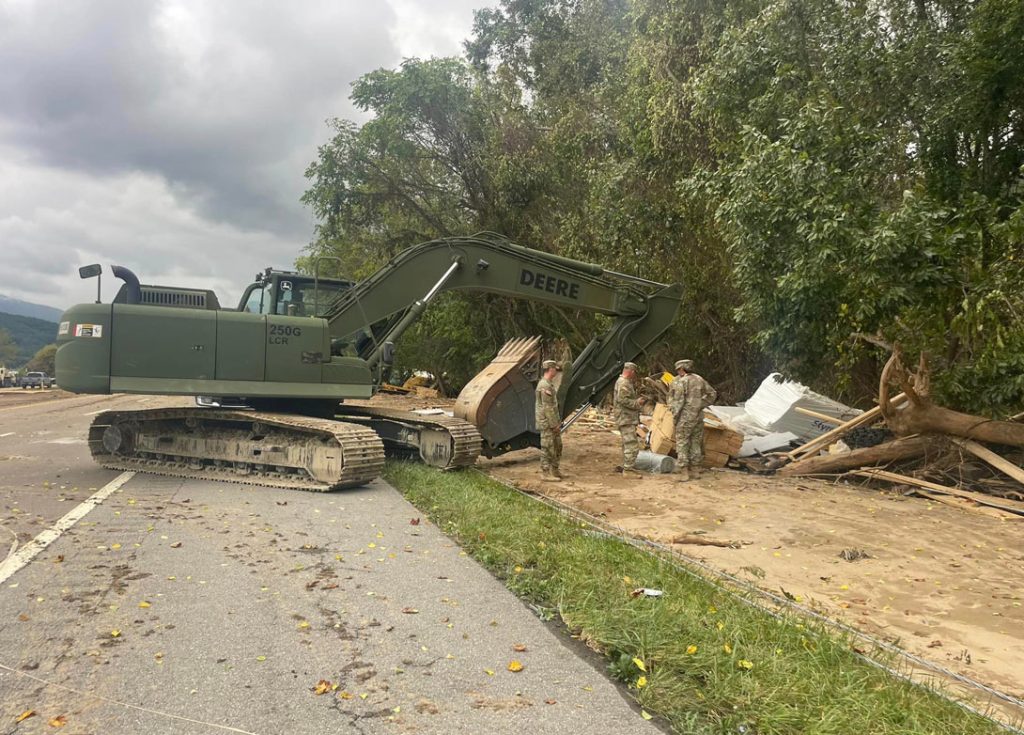
At least 125 lives were lost to Hurricane Helene’s wrath, with Asheville, North Carolina, and its surrounding region emerging as one of the hardest-hit areas. The storm, which initially made landfall near Perry, Florida, as a formidable Category 4 hurricane, unleashed record-breaking storm surges and torrential rains, extending its destructive reach far from the coastlines.
Storm’s journey
Hurricane Helene, the second major hurricane of the 2024 season, formed from a disturbance in the Western Caribbean, quickly intensifying due to atmospheric conditions like the Madden-Julian Oscillation.
Its path took it directly over the Big Bend region of Florida, an area still recovering from previous hurricanes, making it the strongest hurricane to strike there in recorded history.
Government response
The hurricane’s impact was felt across multiple states, with North Carolina suffering particularly from massive flooding and mudslides, especially around Asheville.

Power outages affected over half a million customers, with Greenville and Spartanburg counties in South Carolina reporting the highest numbers.
Under President Biden’s directive, the federal government deployed over 50,000 personnel to aid in recovery, focusing on restoring power and providing immediate relief.

Economic impact
The devastation led to significant economic disruption, with gas tax suspensions in Georgia aimed at easing the financial burden on residents.
Election offices in flood-damaged areas of North Carolina had to close, potentially affecting voter registration efforts with deadlines looming.
The storm’s aftermath also saw unprecedented community response, with temporary cell towers and field kitchens set up to maintain communication and provide sustenance.
Infrastructure damaged
Helene’s heavy rainfall, totaling up to 15 inches in some areas, caused immediate flooding and threatened infrastructure like dams and bridges.
The storm led to rivers overflowing, washed out roads and collapsed buildings, and led to the evacuation of medical facilities.